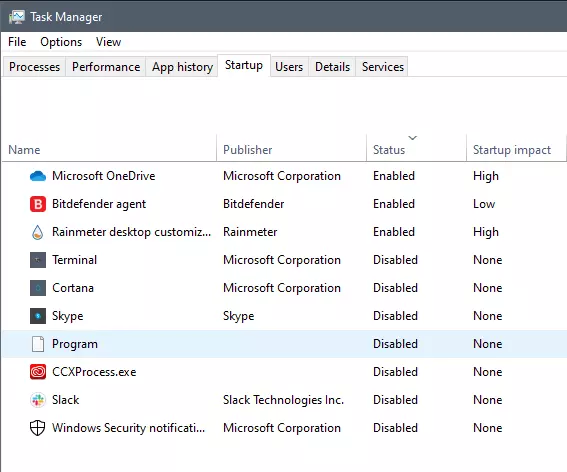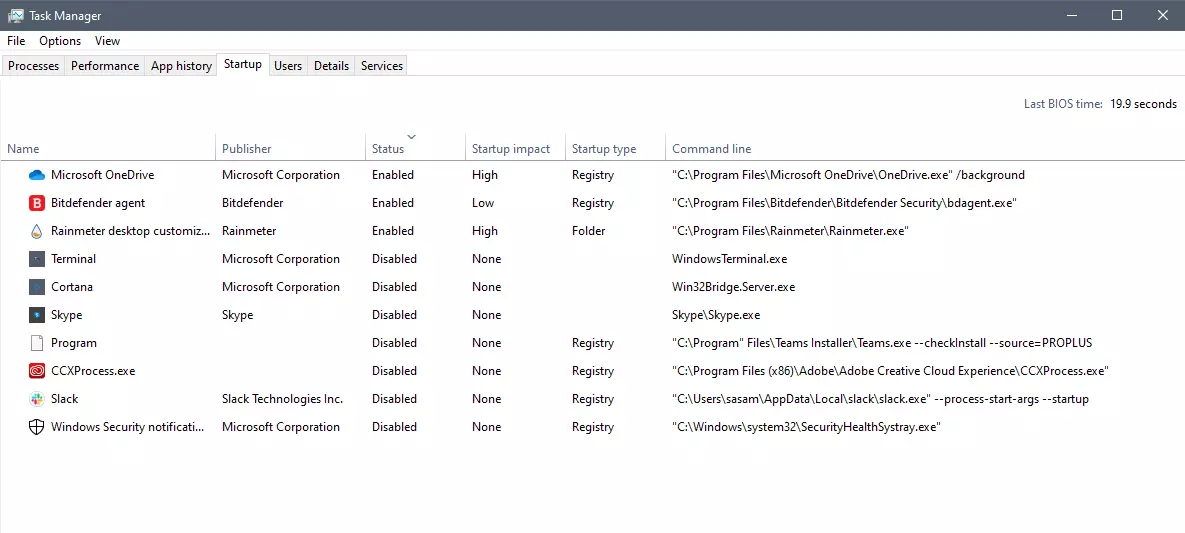Error Code 0xc004c008 - What is it?
This specific Windows 8.1 or Windows 10 error code has to do with the number of times you can use your license number to install windows programs on computers. All windows activation codes are licensed to be used one time for a device, to control piracy, but what happens when your PC crashes, or you have to change a hard drive component and are forced to re-install Windows Operating System. Luckily, there is an easy fix for this issue.
Solution
 Error Causes
Error Causes
Basically, when you need to re-install the Windows operating system that you have previously bought and installed on another computer an error code will be displayed with a message telling you that the activation server determined that the specific key could not be used for activation. This occurs because the key has already been used on that computer, or a different one, to install operating systems. There are a few easy fixes for this issue, and most of them should be easily completed on your own.
Further Information and Manual Repair
There aren’t many explanatory ways to repair Error Code 0xc004c008. Below are two methods to go about addressing this issue.
Methods 1:
- The first step is to open the “Run” Window. You can do this in two ways. First, press the “Window” key and press the “R” key simultaneously. This will open the “Run” menu. Or you can start the “run” window by going to the Start menu and selecting Run.
- In the Run window type “SLUI 4” and click enter.
- A Phone Activation window will open up, after which you'll need to select a few options.
- First chose the country in which you registered the product for the first time.
- Choose your country and a phone number will be displayed specific to your choice. You will now need to call the number provided.
- After you’ve dialed you will be prompted to write your “Installation ID”. Type your “Installation ID” on the phone.
- After that step, you will be asked how many copies of Windows have been installed using this license. Choose “1”, should anything else be chosen but “1”, this will not work.
- After the process is completed, you will be given a confirmation ID and should be able to proceed as normal with installation. You will have a workable product key again.
- Install whatever copy of the Windows Operating System you are attempting to with the new product key.
Method 2:
If the first method did not work, the only other option is to call Microsoft and walk through the process with a technician. To do this, dial “1-800-936-5700”. Explain the error that you received and the steps in the update process during which it was displayed. The technician will be able to walk through the steps from getting a new product key to finishing the installation.
If you're not a tech-savvy individual but would like to solve this problem without the aid of a technician, download a powerful automated tool to fix error code 0xc004c008.





